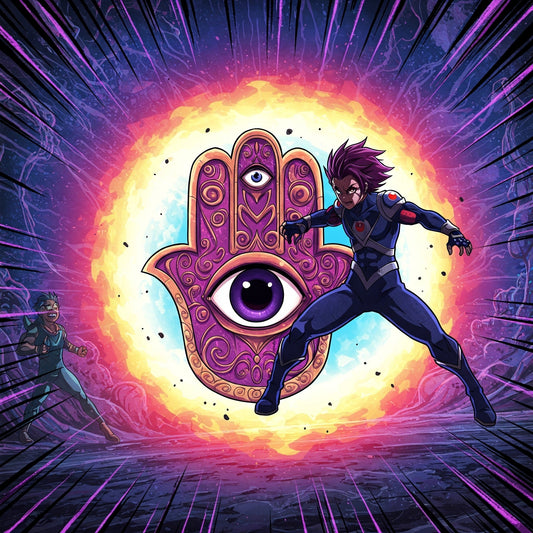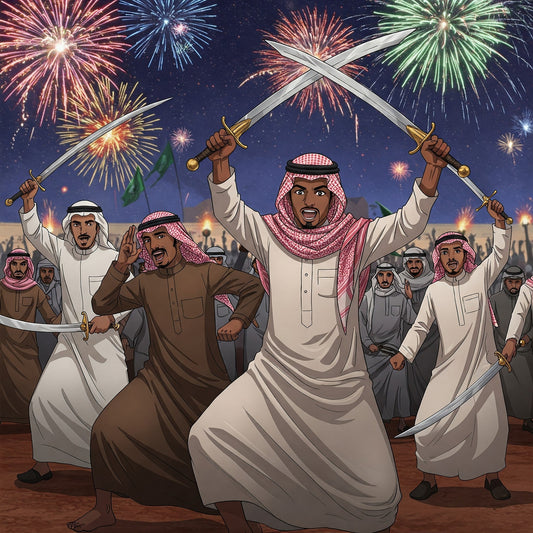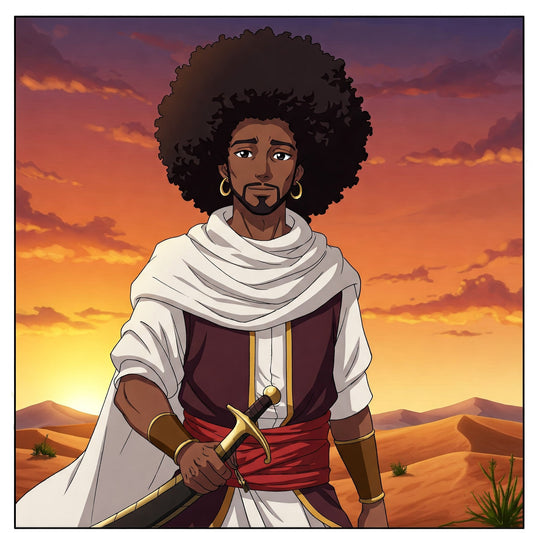The flickering lamplight dances on the walls, shadows stretching and swaying as Scheherazade's voice fills the room. Night after night, she spins tales of daring adventure, mischievous djinn, cunning thieves, and powerful sultans, weaving a spell that holds not only her cruel husband, the king, but also generations of readers in thrall. This is the enduring power of A Thousand and One Nights, a collection of Middle Eastern and South Asian folk tales that transcends its origins to become a cornerstone of world literature.
The origins of One Thousand and One Nights, also known as Arabian Nights, are as layered and intricate as the stories themselves. There isn't a single, definitive "author" or even a single point of origin. The collection is a literary mosaic, assembled over centuries, with contributions from diverse cultures and across a vast geographical expanse. Its roots trace back to ancient Persia (modern-day Iran) and India, with a core narrative framework likely derived from a Persian prototype called the Hazār Afsānah ("A Thousand Tales"). This framework—the story of the betrayed King Shahryar and his clever wife Scheherazade, who saves her life by telling a series of cliffhanger stories—provides the structure that binds the disparate tales together.
The journey from the Hazār Afsānah to the Arabian Nights we know today was a long and complex one. As the stories traveled westward, they were translated into Arabic, likely during the 8th or 9th century, and absorbed influences from the vibrant cultural landscape of the Abbasid Caliphate in Baghdad. This period, known as the Golden Age of Islam, was a time of intellectual flourishing, and the stories were enriched with elements of Arab folklore, urban life, and Islamic traditions. New stories were added, existing ones were reshaped, and the collection continued to evolve.
Further layers were added as the stories spread to Egypt, particularly during the Mamluk Sultanate (13th-16th centuries). Egyptian storytellers incorporated local tales, legends, and even contemporary anecdotes, resulting in a distinct "Egyptian recension" of the Nights. This process of accretion and adaptation continued even into the early modern period.
The "collection" aspect of A Thousand and One Nights is crucial to understanding its nature. There is no single, canonical manuscript. Instead, there are numerous versions and manuscripts, each containing a different selection and arrangement of stories. This is because the Nights was primarily an oral tradition. Professional storytellers, often performing in coffeehouses or at court, would memorize and embellish the tales, adapting them to their audience and adding their own creative flourishes. The written versions served more as guides or memory aids than as fixed texts.
The collection's arrival in Europe was through the French translation by Antoine Galland in the early 18th century. Galland's Les Mille et Une Nuits was not a direct translation of a single manuscript. He drew from multiple sources, and, crucially, added stories that were not part of the Arabic tradition, including some of the most famous tales like "Aladdin's Wonderful Lamp" and "Ali Baba and the Forty Thieves". These were sourced from a Syrian storyteller named Hanna Diyab. Galland's version, while influential in shaping Western perceptions of the Nights, also presented a somewhat romanticized and "orientalized" view of the stories.
The writing style of A Thousand and One Nights is characterized by its directness, vivid imagery, and fast-paced plotting. The stories are often episodic, moving quickly from one adventure to the next, and employing a "nested" structure where one story leads to another within another, reflecting Scheherazade's narrative strategy. This structure, also known as a frame story or embedding narrative, helps maintain suspense and allows for a vast range of diverse tales to be included. The language is generally accessible, reflecting the oral tradition from which it springs, but it is also capable of great beauty and evocative power, particularly in descriptions of exotic settings, magical creatures, and dramatic encounters.
The cultural impact of A Thousand and One Nights has been immense, both in the East and the West. In the Arab world, the Nights have shaped literary traditions, provided inspiration for countless works of art, music, and film, and contributed to the popular imagination. In the West, Galland's translation sparked a fascination with the "Orient," influencing literature (from the Romantic poets to modern novelists), art, music (such as Rimsky-Korsakov's Scheherazade), and even fashion. The stories have been adapted and retold countless times, from children's books to Hollywood blockbusters.
However, it's important to acknowledge the complex legacy of the Nights in the West. The "Orientalism" inherent in many Western interpretations has been critiqued for perpetuating stereotypes and misrepresenting the cultures from which the stories originated. Understanding the Nights requires a critical awareness of this historical context.
The influences on the Nights are vast and diverse, reflecting its long and multicultural journey. These include:
- Ancient Persian and Indian Folklore: The foundational frame story and many individual tales have roots in these ancient traditions.
- Ancient Mesopotamian stories: Such as the Epic of Gilgamesh.
- Arabic Oral Tradition: Bedouin poetry, pre-Islamic legends, and stories from the Islamic Golden Age significantly shaped the collection.
- Greek and Hellenistic Literature: Elements of Greek mythology and romance can be found in some of the stories.
- Jewish folklore: Stories of jewish origin were intergreted within the larger frame.
- Egyptian Folklore: The Mamluk period saw the incorporation of numerous local Egyptian tales.
A Thousand and One Nights is more than just a collection of entertaining stories. It's a testament to the power of storytelling itself, a window into the diverse cultures that shaped it, and a living literary tradition that continues to captivate and inspire readers around the world. It remains a profound example of how stories travel, evolve, and resonate across time and cultures, carrying with them the echoes of countless voices and imaginations. It's a testament to the human need to tell and to listen to stories.






